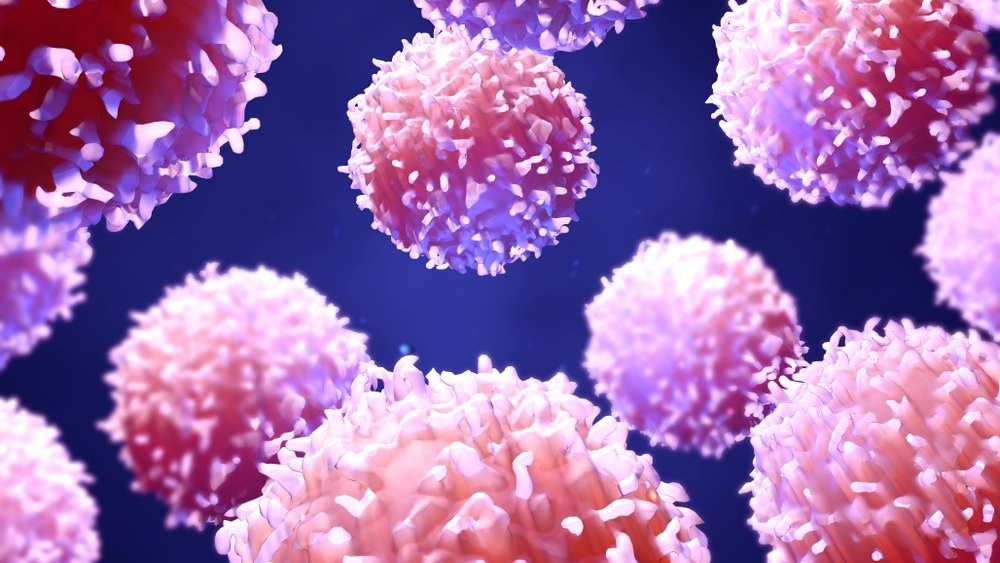Reviewed by Danielle Ellis, B.Sc.Apr 10 2023
According to a recent study headed by the Children’s Hospital of Philadelphia (CHOP), a regulatory class of human T cells is descended from two distinct origins, one related to autoimmunity and one related to protective immunity.

Image Credit: Design_Cells/Shutterstock.com
The study, which was just published in Science Immunology, could pave the way for the development of new autoimmune disease treatments that specifically attack the immune system.
When it comes to autoimmunity, the prevailing wisdom has been that the only way to stop inflammation is to suppress the immune system broadly, making patients more susceptible to infection. However, that is only true if all T cells come from the same place. What this study shows is that there are two different T cell lineages, which means you might be able to have your cake and eat it too—suppressing inflammation due to autoimmunity while allowing T cells that fight infection to thrive.”
Neil D. Romberg, MD, Attending Physician, Division of Allergy and Immunology, Children’s Hospital of Philadelphia
Tonsils, lymph nodes, and the spleen all contain spherical collections of cells called germinal centers (GCs), which control the interactions between T follicular helper (Tfh) cells and B cells. Local FOXP3+ T follicular regulatory (Tfr) cells control the action within these GCs.
Few studies have evaluated the biologic roles of human Tfr cells, and none have addressed where they come from or how they develop within tissues, despite the likelihood that Tfr cells’ proper function is crucial to immunologic health and that their dysfunction might contribute to several types of disease states.
The team employed a combination of computational, in vitro, and in vivo methodologies to explain the origins, roles, and locations of Tfr cells inside GCs to address this issue.
The team was directed by Carole Le Coz, PhD, a former postdoctoral researcher in the Romberg Lab. Since tonsils, lymph nodes, and spleens are secondary lymphoid tissues that contain GCs, the researchers examined tonsils that had been taken from healthy donor individuals.
The researchers were able to show that there are two subpopulations of Tfr cells—one that is induced by Tfh cells and is known as iTfrs and the other that was “naturally” derived from Tregs, a subpopulation of T cells that is in charge of regulating the immune system—which they called nTfrs. They, therefore, demonstrated that there are two developmental pathways: Tfh-to-iTfr and Treg-to-nTfr.
Following the discovery of these two Tfr cell subpopulations, the researchers investigated if these two regulatory T cells expressed CD38 differently. They discovered that CD38 is expressed by iTfr cells but not by nTfr cells.
In addition to showing the growth of these various subpopulations and their capacity to sustain B cell function, they were also able to map out their specific position inside the GCs.
Romberg added, “This study raises the question of whether we could selectively deplete iTfr cells through anti-CD38 treatments, while leaving nTfrs intact—using a silver bullet rather than a bomb to target specific T cells. A similar approach could also potentially be used in a therapeutic context to boost immunity in patients with weakened immune systems.”
Source:
Journal reference:
Coz, C. L., et al. (2023). Human T follicular helper clones seed the germinal center–resident regulatory pool. Science Immunology. doi.org/10.1126/sciimmunol.ade8162